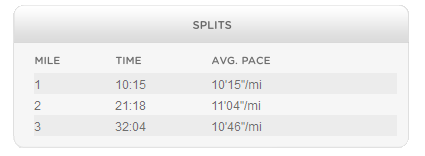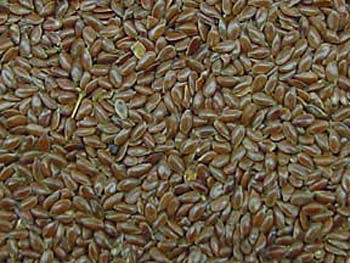I woke up yesterday just feeling crappy. It may have been due to eating margarita pizza dipped in hot sauce last night. I was in a rush to get to my Skype session with Clare, that I chose to make something quick and easy over preparing something more nutritious. But, hey! It happens. I felt “off” all morning but once I refueled with a salad and felafel for lunch, I started to gain some needed energy. I didn’t even need my daily iced coffee from Dunkin.
Around 5:30 I geared up for my daily 3mi run.

No, I don’t run with all my makeup on. I took this picture before wiping it all off.
Mile 1 felt easy. I really tried to start off slow, but the adrenaline of the gorgeous weather made me start a bit too strong. Mile 2 started with a terrible side cramp. I knew that if I stopped for a few seconds it would feel better, and it did. It wasn’t until mile 3 that I really started to feel nauseous. I actually had thoughts to head back home and just stop short. Good thing I didn’t, because the pain eventually did pass.

Although 32:04 isn’t my absolute best, it gives me a place to work up from. I hope to at least get down to 30:00 in the next few weeks.
Flaxseed: background, the benefits, side effects and tips

A few ladies at work were talking about flaxseed this afternoon during our “National Walking Day” stroll. I know a lot of bloggers have been using flaxseed in combination with various foods for a long time now, but I never gave it much thought. Personally, I think it looks like bird food, but talking about it this afternoon sparked my interest to do some research. (*Info found on WebMD.com)
What is flaxseed?
” Flaxseed is the seed from the plant Linum usitatissimum. The seed or the seed oil is used to make medicine. The information on this page concerns medicine made from the SEED only. There is a separate listing for flaxseed OIL (WebMD.com).”
What is the history behind flaxseed?
It has been reported that flaxseed was cultivated in Babylon as early as 3000 BC (according to the Flax Council of Canada). Later on in the 8th century, King Charlemagne understood the health benefits of flaxseed and actually passed laws requiring his people to eat it.
What are the health benefits?
Flaxseed contains so many healthy components. The three primary ingredients are omega-3s, lignans, and fiber. The omega-3s are good fats that have been reported to help with the heart by preventing the hardening of the arteries. Lignans have antioxidant qualities which can help prevent cancer by blocking enzymes that are involved in hormone metabolism and interfering with the spread of tumor cells. Fiber obviously helps with the digestive tract =)
What are the negative side effects?
According to WebMD, “Flaxseed is LIKELY SAFE for most people. Adding flaxseed to the diet might increase the number of bowel movements each day. It might also cause gastrointestinal (GI) side effects such as bloating, gas, abdominal pain, constipation, diarrhea, stomachache, and nausea. Higher doses are likely to cause more GI side effects.
There is some concern that taking large amounts of flaxseed could block the intestines due to the bulk-forming laxative effects of flaxseed. Flaxseed should be taken with plenty of water to prevent this from happening.”
What are some tips for using flaxseed?
Grind it. When the seeds are eaten whole, they are likely to pass through the intestinal tract undigested… which does not sound fun at all. Buy the flaxseed already pre-ground or grind it yourself using a coffee grinder.
Add it. Add flaxseed to foods that you eat on a daily basis. I’ve seen bloggers add it to yogurt, overnight oats, warm oats, smoothies, shakes, etc. The options are endless.
Freeze it. Ground flaxseed keeps best when frozen. The cold helps the flax from oxidizing and losing the nutritious goodness.
———————————————————————————————–
I personally can not wait to start using flax in my smoothies and baked goods.
What are your favorite ways to use flax?


I like to sprinkle flax seeds on salads, blend into smoothies and sprinkle on peanut butter sandwiches. Enjoy 🙂